Heroin
High quality heroin
1 g 41 USD 5 g 179 USD
10 g 331 USD 25 g 760 USD
50 g 1383 USD 100 g 2489 USD
Vendor: Dick tyme
Telegram username; @Dicktyme
| Quantity |
1 g41.5 USD ,5 g179.83 USD ,10 g331.99 USD ,25 g760.81 USD ,50 g1383.29 USD ,100 g2489.92 USD |
|---|
| Quantity |
1 g41.5 USD ,5 g179.83 USD ,10 g331.99 USD ,25 g760.81 USD ,50 g1383.29 USD ,100 g2489.92 USD |
|---|
Description
The Composition of Heroin
Heroin, scientifically known as diacetylmorphine, is a powerful opioid derived from morphine, a natural alkaloid found in the opium poppy plant (Papaver somniferum). The composition of heroin involves chemically modifying morphine through acetylation, which increases its fat solubility and allows it to cross the blood-brain barrier more rapidly than morphine.
This product appears as a white, bitter-tasting powder. However, street heroin is rarely pure; it is often mixed with substances like caffeine, starch, powdered milk, or even harmful additives. These impurities make its composition unpredictable and increase health risks.
Historical and Medical Uses of Heroin
Originally synthesized in 1874 and later marketed by Bayer in the late 19th century, this product was once used as a pain reliever and cough suppressant. In medical history, its composition was thought to make it a safer alternative to morphine. However, it quickly became clear that heroin had a high potential for addiction and misuse.
Today, this product is a controlled substance and is banned for medical use in most countries. Some regions, however, still allow pharmaceutical-grade diacetylmorphine under strict supervision to manage severe chronic pain or as part of opioid substitution therapy.
Effects of Heroin on the Body and Mind
The effects of this product occur rapidly after use due to its chemical composition, which enables quick entry into the brain. Once inside, heroin is converted back into morphine, binding to opioid receptors in the brain and nervous system.
Short-Term Effects:
-
A surge of euphoria or “rush”
-
Warm flushing of the skin
-
Dry mouth and heavy limbs
-
Clouded mental function and drowsiness
-
Slowed breathing and heart rate
Long-Term Effects:
-
Development of tolerance and dependence
-
Severe addiction and withdrawal symptoms
-
Collapsed veins (for those who inject)
-
Liver, kidney, and lung complications
-
Increased risk of infectious diseases like HIV and hepatitis due to unsafe injection practices
The effects of heroin abuse are not only physical but also psychological and social. Addiction can lead to financial struggles, relationship breakdowns, and legal issues.
Health Risks of Heroin Composition and Street Variants
Because street heroin is often mixed with unknown chemicals, the composition of this product sold illegally poses additional dangers. Substances like fentanyl or quinine can make the drug even more toxic, increasing the risk of overdose. Many accidental deaths are linked to heroin combined with synthetic opioids.
Educational Importance
Understanding the composition of this product , its uses, and effects is crucial in raising awareness about the dangers of opioid misuse. While heroin once had legitimate medical applications, today it is largely associated with severe health risks and societal challenges. Educational resources like this aim to provide factual, science-based information for students, researchers, and public health awareness programs.
Specification
 Overview
Overview
| Quantity |
1 g41.5 USD ,5 g179.83 USD ,10 g331.99 USD ,25 g760.81 USD ,50 g1383.29 USD ,100 g2489.92 USD |
|---|
 Languages
Languages
| Quantity |
1 g41.5 USD ,5 g179.83 USD ,10 g331.99 USD ,25 g760.81 USD ,50 g1383.29 USD ,100 g2489.92 USD |
|---|


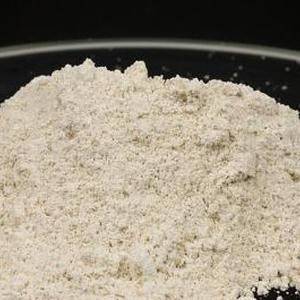

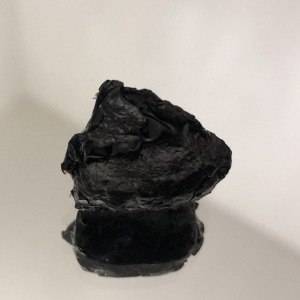







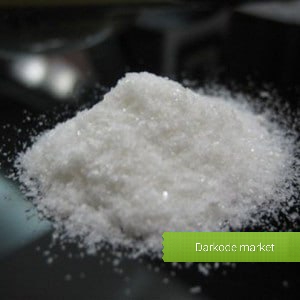
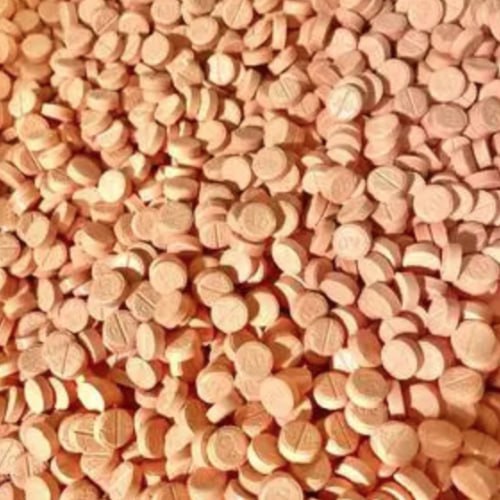

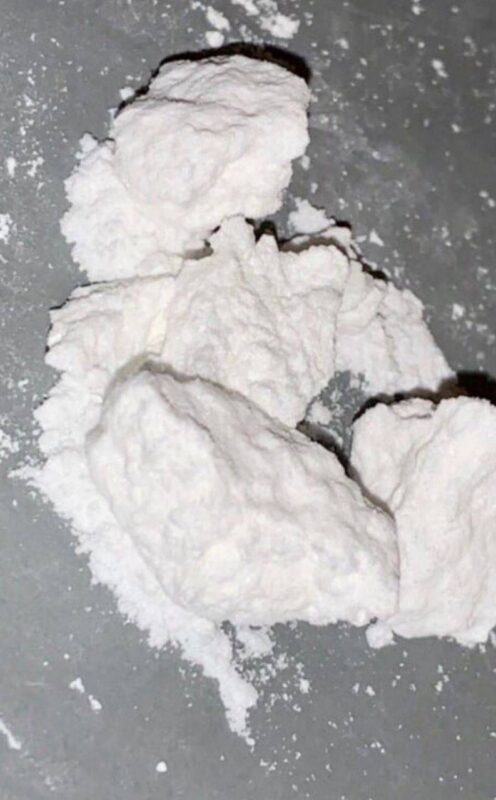


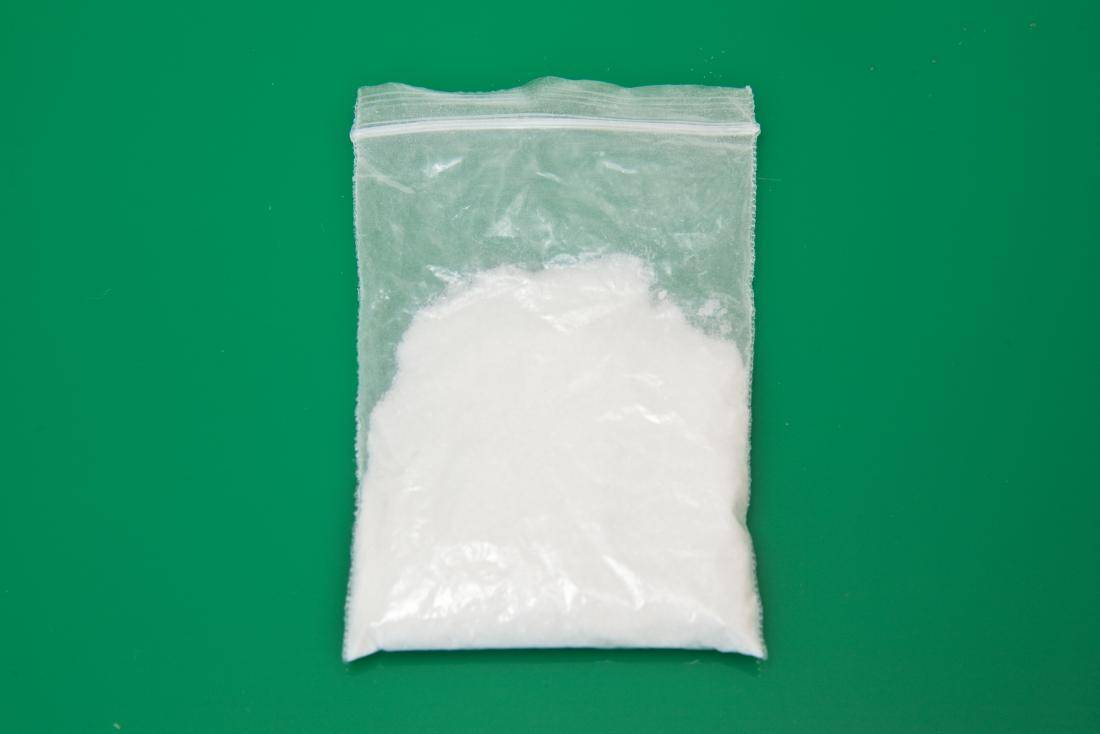
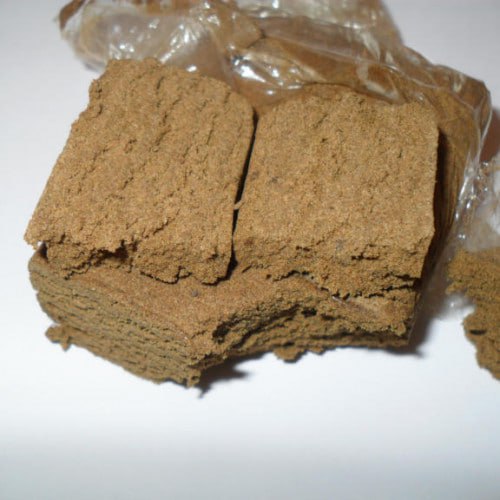
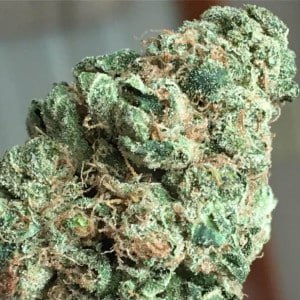
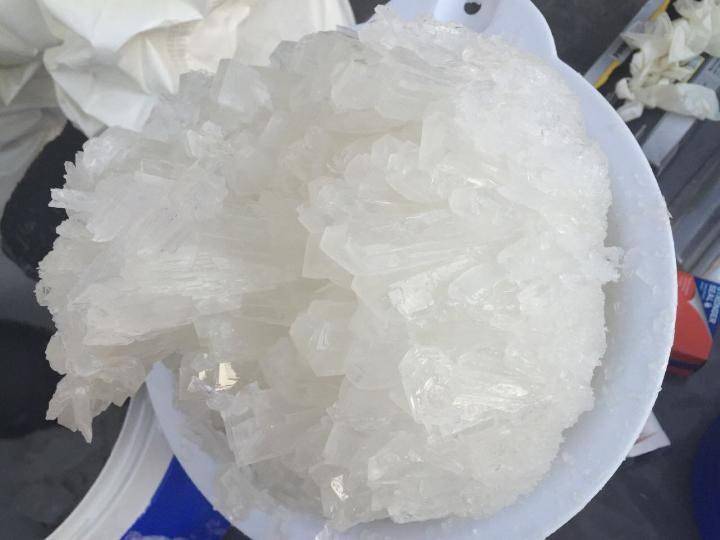



Reviews
Clear filtersThere are no reviews yet.